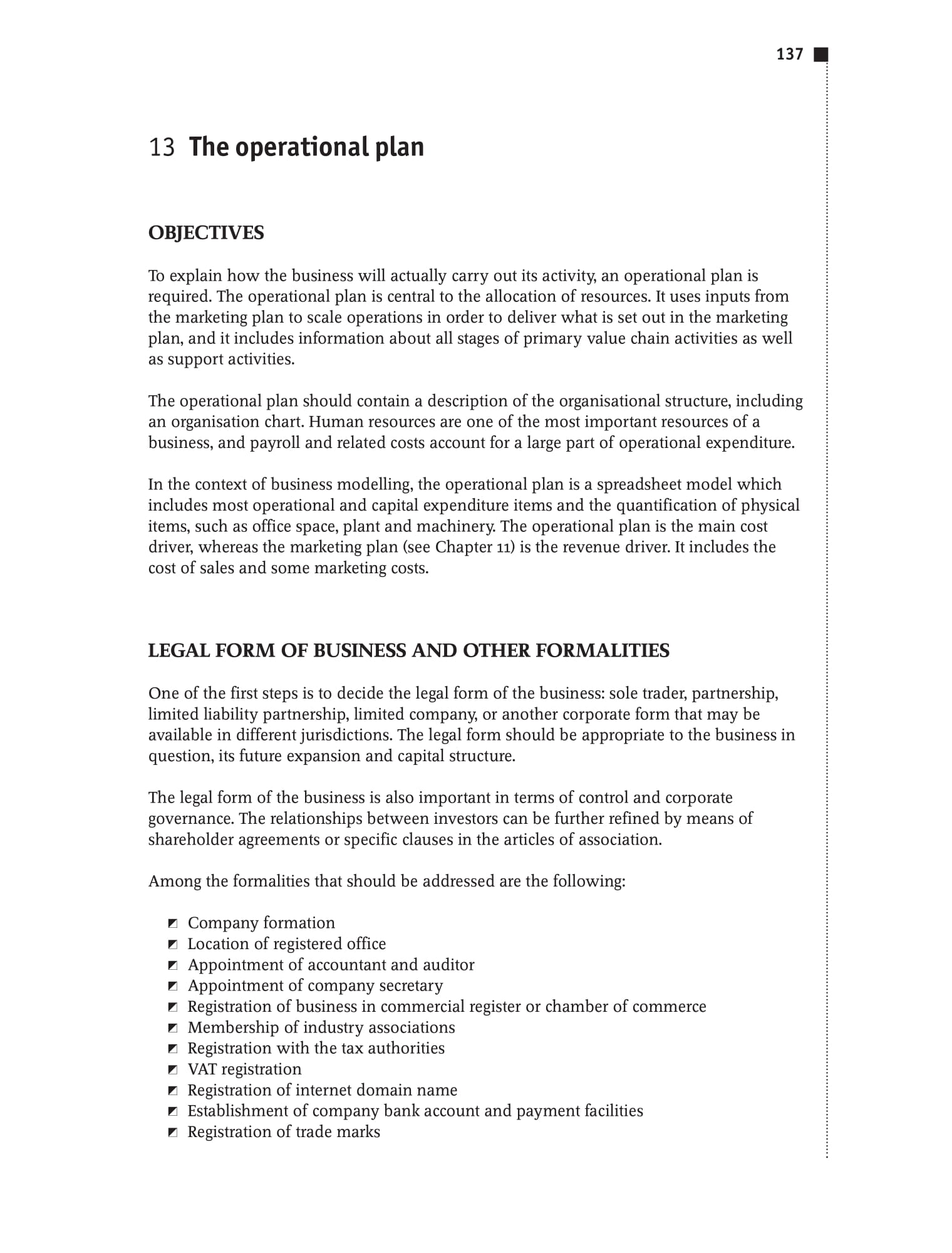

Configuration management needs changes to be recorded, so that the configuration management database (CMDB) is kept up-to-date and always represents the live environment. In simple terms, change management needs a view of the infrastructure to assess the impact of a change. ITIL recommends implementing change management in conjunction with configuration management, but you don't need to implement 100% of configuration management before you can get started with change management. Change management and configuration management What do we do if the change goes wrong? Do we have a backup plan in place?Īnswering these questions reliably is the hardest part implementing the changes is easier.What is the business priority of the change?.In essence, implementing a successful change management process is about asking the right questions and having the right people, workflow, and technologies in place to get answers Impact: What are the possible negative consequences of the change (bearing in mind the complex interdependencies of today's computer systems) - and how to avoid these consequences?īased on a sound understanding of these three issues.What: Is it hardware, software, system architecture, a process, documentation, or a combination of these that will be subjected to change?.What is the business benefit you hope to achieve with the change?

This definition raises three change-related issues:


Involved in implementing a solid change management process.įirst, a quick definition of change: The addition, modification, or removal of anything that could have an effect on IT services. ITIL guidance focuses a lot on terminologies and processes but contains little practical advice on the actual implementation of each process. If one of the legs is weak, the stool will fall. Think of ITIL change management as a three-legged When it comes to change management, 'implementation' isn't the end - it's just the beginning.


 0 kommentar(er)
0 kommentar(er)
